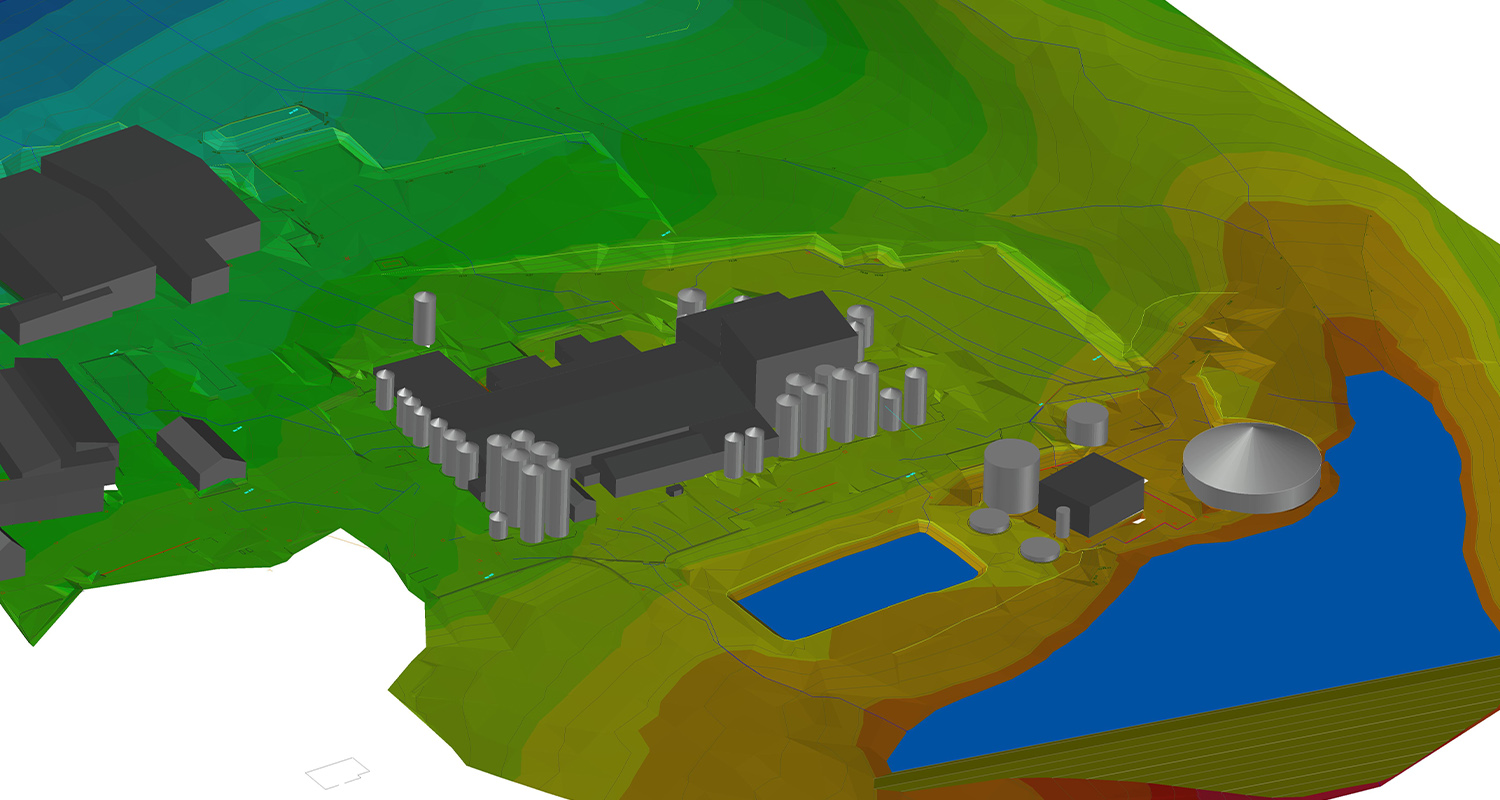As we all prepare to get back to work we are aware that the water pollution prevention systems that you implement have to be more cost effective and less disruptive than ever.
This is the first of ten posts that will demonstrate the ten ways that Penstock Solutions could be saving you time, money and disruption in implementing failsafe water pollution prevention.
We understand why people are reticent to challenge their water pollution prevention processes and equipment too vigorously, especially when the actual risk isn’t understood fully. The adage “if it ain’t broke don’t fix it” is obviously the most cost effective way forward, right up to the point that you have the misfortune to experience a spill, fire or flood that is.
The most immediate and effective way that we are saving our clients time and money is with our unique water pollution risk assessment service, Spill Mapping.
Rather than just shipping devices Penstock Solutions work with our customers to understand their actual risk and design and implement water pollution prevention systems that mitigate precisely that risk. The first step in that process is Spill Mapping their sites and demonstrating what will actually happen in the event of a spill, fire or flood.
Historically water pollution risk assessment has largely been conducted based on assumptions, relying on the intuitive ability of the assessor to predict what may happen during a pollution event. This assumption based assessment most often provides the justification for businesses to invest in water pollution prevention, ranging from reactive, low cost clean up products at one end of the scale to hundreds of thousands of pounds of bunding, civil works and containment devices at the other extreme. Except, of course, an assumption based offers no evidence or confidence that the proposed systems will be effective at containing pollutant materials if the worst were to happen and you were to suffer a pollution event – and lots of water pollution prevention projects struggle to get approved for this reason.
This is why we developed Spill Mapping at Penstock Solutions. Spill Mapping is a more scientific approach to this challenge. Spill Mapping is a computer-generated modelling process with animations that map the flow of materials from your site in the event of a spill, fire or flood. Spill Mapping provides an evidence based animation of a pollution release, enabling businesses to develop an appropriate pollution containment solution and invest in the right controls or methods to meet that actual risk precisely.
A Spill Map animation is presented to the customer and all relevant stakeholders so they can clearly see the actual risk for themselves, empowering them to make informed decisions about the investment required to mitigate that risk.The solutions that we propose leverage the customers current infrastructure including roads, kerbs, fencing and drainage networks before implementing only the necessary number of purpose designed, remotely powered and controlled, pollution containment devices.
This has helped our customers to save money on their water pollution prevention in a number of ways including:
- assessing the viability of a new site location
- assessing the viability of a new site design
- assessing the effectiveness and compliance of existing pollution containment processes and systems
- assessing the effectiveness and compliance of proposed pollution containment processes and systems
- reducing the time it takes to achieve successful Environment Permit applications
- reducing the time it takes to achieve successful Environment Permit changes
Supporting our customers to understand their actual water pollution risk through Spill Mapping and implementing systems to meet that risk precisely is typically saving our customers 50% of the costs proposed by other suppliers, reducing the time it takes for them to achieve their Environmental Permits and causes zero disruption.


